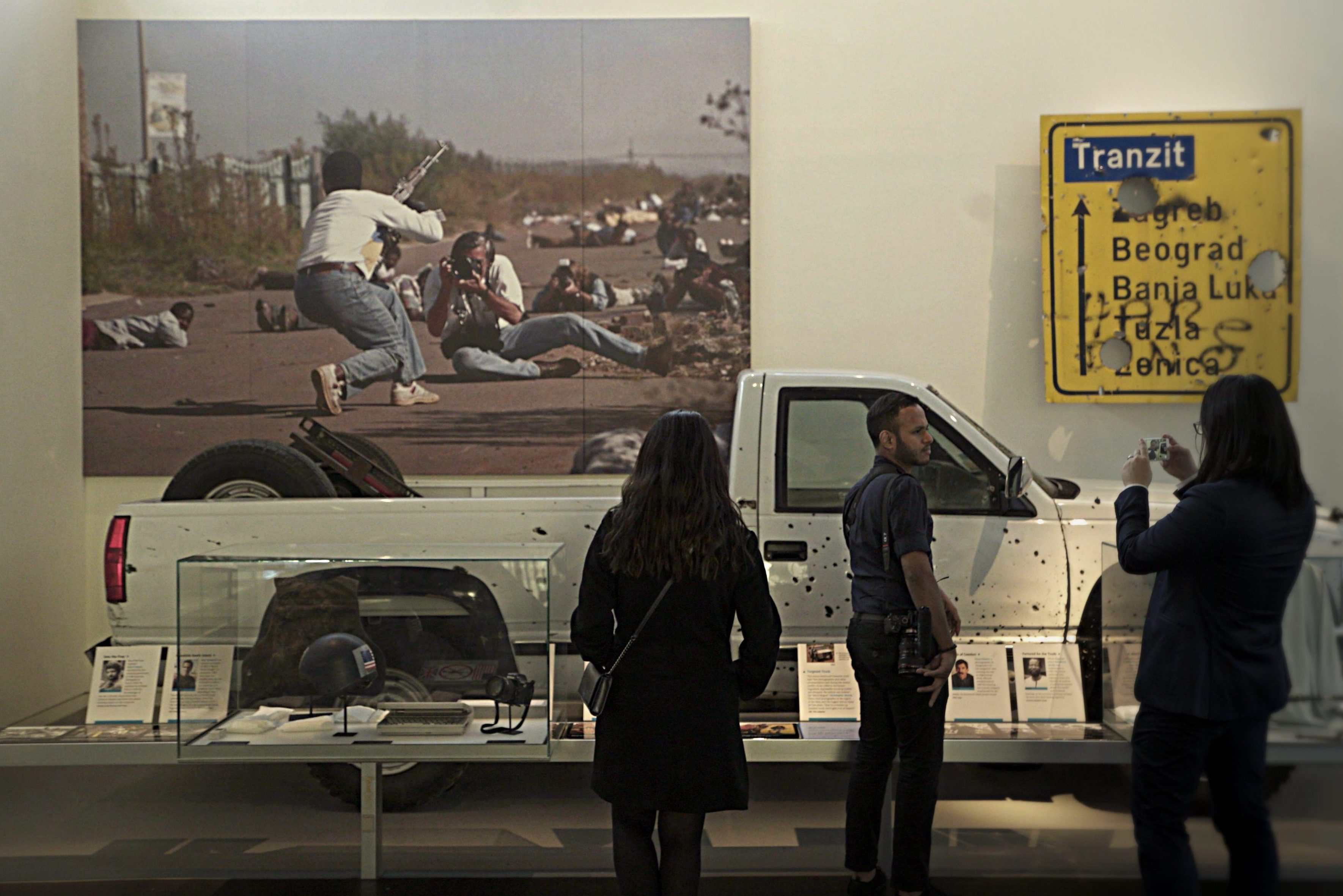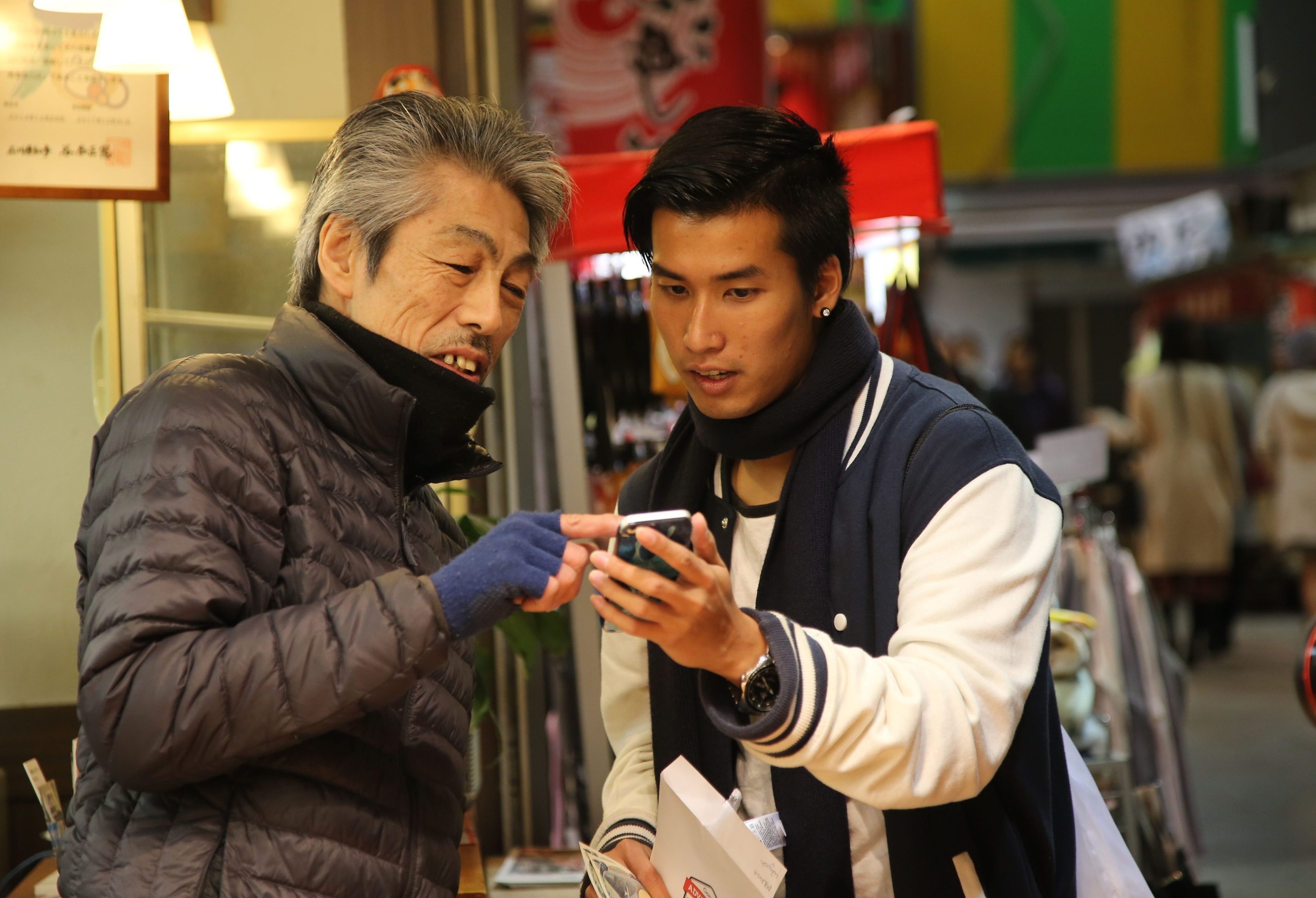THERE is a different wave of selfies making the rounds on social media, but these aren’t your regular Kylie Jenner-inspired, #PicsOrItDidntHappen #OOTD #Blessed kinda Instagram snaps. These could actually get someone killed.
“Rooftopping” is a relatively new trend (an offshoot of the 90s’ urban exploration movement) where people climb hundreds of feet to the top of structures like skyscrapers, bridges and construction cranes, and it invariably involves the taking of a few selfies or video clips, y’know, for social media posterity.
In the past month alone, over 1,000 rooftopping videos, like the one of a bunch of young people hopping around the top of the giant Ipoh sign in Perak, have been uploaded to YouTube.
Not surprisingly, these photos and videos often become viral hits. According to a report by The Guardian, new rooftoppers can easily amass hundreds of thousands of social media followers in a matter of months.
But over the past few years, things have started to take a darker turn. There have been reports around the world of rooftoppers falling to their deaths, including one as young as 17 in Russia. Laws are being broken, as rooftoppers seek to outdo each other in their quest for the next high.

In a photo-op gone wrong, Russian rooftopper Andrey Retrovsky (seen here in a picture from his Instagram account) fell nine stories to his death in late 2015.
Photographer Neil Ta, a well-respected early pioneer of rooftopping, foresaw this dark turn in 2014 when he announced his “retirement” from the practice in an opinion piece on photography website PetaPixel.
When he started rooftopping, Ta said it was simply about finding skyscrapers where the rooftops weren’t locked, and taking some cool photos. If one rooftop was locked, he and his friends would simply go to the next one.
Newer rooftoppers, however, use bolt cutters and break into wherever they feel their next viral photo will be.
“Something fundamentally changed when it became less about just going up and having a good time with friends and more about who can take the photo of the other person in the most precarious situation,” wrote Ta.
“Danger sells. There was a market for our images and whoever had the most ‘vertigo-inducing’ photo reigned supreme.”

Rooftoppers routinely risk their lives doing ever more dangerous stunts in order to create spine-chilling photos like this. — KEOW WEE LOONG
Meeting the demand
For Malaysian landscape photographer and rooftopper Keow Wee Loong, whose exploits have received international media coverage (and courted some controversy), it’s simple: people like rooftopper photos, so he takes them.
“It’s my job to take photos, and people like the photos of me on rooftops the most,” said Keow, 28, who has been at the top of structures like the Shanghai Tower (632m) and Ping An Finance Centre (555m) in China, and Dubai’s Marina 101 Tower (425m).
“Most landscape photographers shoot at ground level, but I take photos from the highest possible vantage point.”
It’s a similar story across the globe. Simply put, rooftopping is a huge crowd-pleaser. Rooftopping-specific Instagram accounts like @chasing_rooftops have huge followings – in this case, over 90,000 followers in under a year.
No surprise then that some photographers, like Russian photographer Vitaliy Raskalov, have capitalised on the craze.
His account on photo website 500px.com, where he sells his photos for up to US$150 (RM665) each, has over 12,000 followers. His regular partner-in-crime, Ukrainian Vadim Makhorov, has over 130,000 followers on his Instagram account (@makhorov) alone.
The mainstream media, especially their online platforms, can’t get enough of these guys either. Aside from this article here, Keow, Ta, Makhorov, Raskalov, et al have been featured on CNN, The Guardian and, of course, The Daily Mail.
“I was sick of seeing the same old ‘Daredevil Photographer Risks Life To Take Vertigo-Inducing Photos’ headline,” wrote Ta. “It was obvious the media outlets simply wanted headlines that sell.”
Social narcissism
While many of the earlier rooftoppers who popularised the trend were photographers, like Ta and fellow Toronto native Tom Ryaboi, and some performed rooftopping as an act of civil disobedience, there are an increasing number who are simply thrill-seekers.
More and more of the videos show rooftoppers dangling off a structure on one hand, or doing backflips at the edge of a skyscraper.
“It’s an extension of extreme sports, now projected onto the city skyline,” said urban anthropologist Dr Yeoh Seng Guan from Monash University.
“Instead of scaling cliffs and mountain slopes, these individuals see highrise building structures as similar challenges to overcome. But unlike the former, which is usually done in isolation, there is a potential audience to witness and marvel at their feats,” said Dr Yeoh, who also lectures in media and cultural studies.
And there, some may say, lies the appeal of rooftopping to young people.

Teenage rooftopper Justin Casquejo surrendered to police after videos posted on social media showed him dangling from Manhattan skyscrapers. — AP
Anthropologists call it social narcissism – using social validation to feel good about yourself – and it plays a role in how trends develop.
“Social media has allowed a range of individuals the opportunity to showcase extraordinary abilities and skills,” he said.
Of course, social narcissism in itself isn’t dangerous per se. But when you combine it with risky behaviour, like, say, scaling extremely tall structures without any safety equipment or training and then dangling yourself a couple hundred feet in the air, that’s dangerous.
“When they partake in dangerous activities based on how many likes they will get, it gets worrying,” said Dr Haslina Muhamad, a personality psychology lecturer at Universiti Malaya.
Even those who don’t actually participate in rooftopping are inadvertently normalising this behaviour, she said.
“Fueled by the fear of being left out, the youth promote risky behaviour on social media,” she said. “This will lead the general population to view rooftopping as something ‘normal’, when it’s actually not.
“They are young and self-obsessed and they will find ways to reinforce their narcissistic tendencies, like posting pictures and videos that seem ‘cool’ on social media.”
She suggested that this need for social validation and reckless risk-taking could be attributed to their youth.
“Their brains aren’t fully developed yet, so they feel invincible. Even the possibility of bodily harm or arrest doesn’t deter them.”
“Type T” behaviour
Reckless endangerment of lives. No fear towards authority. A hunger for social validation. There is a name for this behaviour, and it’s called “Type T” – “T” for “thrill-seeking”.
American psychologists Kari Knutson and Frank Farley coined the term in their research paper, “Type T Personality and Learning Strategies”.
And according to them, the more cooped up we are in “safe”, planned cities, the more disempowered we feel, hence the need to act out.
Keow’s protege, so to speak, was only recently introduced to rooftopping, and already loves it.
“I’ve always wanted to experience being on top of the world,” said videographer Abraham Shilton Calamba, 21, who was invited to help Keow shoot a video on top of the world’s highest bridge, Beipan-jiang Duge, in China.
“It was one of the best experiences of my life.”
So how do you top such an experience? The answer for many rooftoppers today is to simply find taller structures and more risky challenges, and that can quickly become an addiction.
“The dopamine that is released in the brain as a form of reward when they take part in this activity feeds their motivation to do it over and over again,” said Dr Haslinda.
“It’s the same with the ‘likes’ they receive on social media. It becomes addictive.”
In other words, rooftoppers are often getting a double dopamine dose – half from the act, and half from social media.

According to Dr Haslinda, young people are driven by ‘social narcissism’ to create content that would garner them social media validation. — YouTube
Illegal stunts
While it’s easy to understand the whys of rooftopping, the hard truth is that it’s dangerous and illegal.
According to a study by Carnegie Mellon University in the United States, 127 people have been killed between 2014 and September 2016 while performing dangerous stunts – like rooftopping – for the perfect picture.
These selfies, dubbed “killfies”, have been gaining popularity since 2013, according to the study.
In Malaysia alone, the police have recorded six selfie-related deaths in 2014.
It’s no wonder that police are taking these cases seriously.
Keow himself has been arrested for climbing the 1 Sentrum Tower in KL Sentral, while the climbers who scaled the Ipoh signboard were also detained and released on bail after having their statements taken.
Rooftoppers in Malaysia can be charged under Section 336 of the Penal Code, for endangering the lives of others. The charge carries a maximum penalty of three months in jail, an RM500 fine, or both.
Countries like the United States, Australia and Canada also have laws against rooftopping.
However, Keow, like most other rooftoppers, is determined to keep climbing.
“If we get to fulfill our craving for adventure and earn money from our passion, then why not? I am proud that our art is being recognised internationally,” he said defiantly.
In his opinion, urban explorers shouldn’t be prosecuted for doing what they love.

The group that climbed the giant ‘Ipoh’ signboard apologised for their rooftopping stunt during a press conference. Luckily for them, they weren’t prosecuted, but other rooftoppers haven’t been so lucky. — Bernama
“The Ipoh climbers are just kids enjoying life, trying to explore. When I was young, I used to climb mountains and explore freely too,” he said.
“My only advice is, if you want to climb, make sure you’re physically fit. And don’t damage the property in the process.”
He did, however, sober up when talking about killfies.
“There are many rooftoppers who do it for their career and out of sheer passion,” he said. “But if you’re risking your life for fame, then it’s best to just stop.”





Tell us what you think!